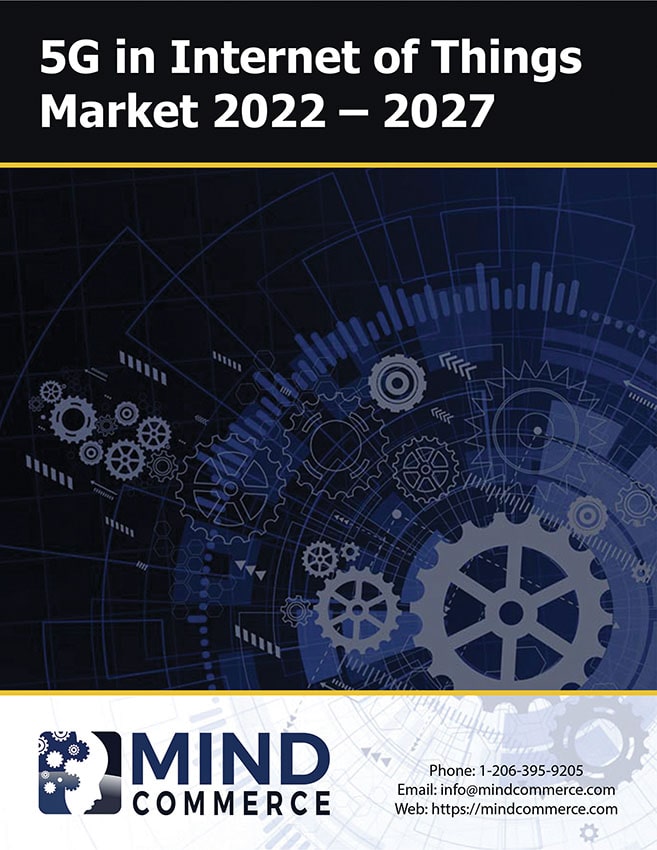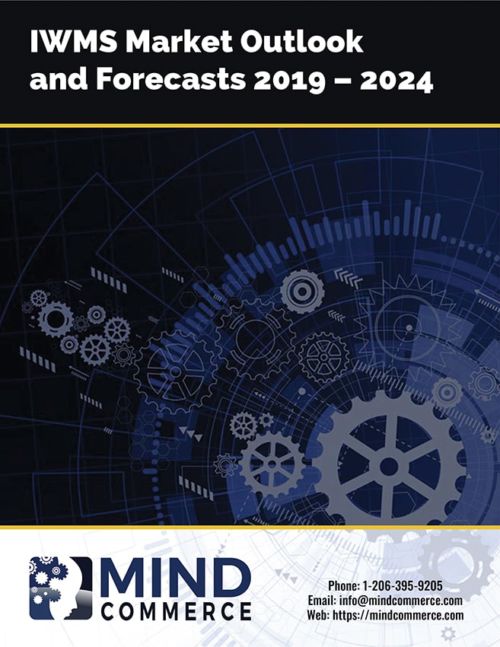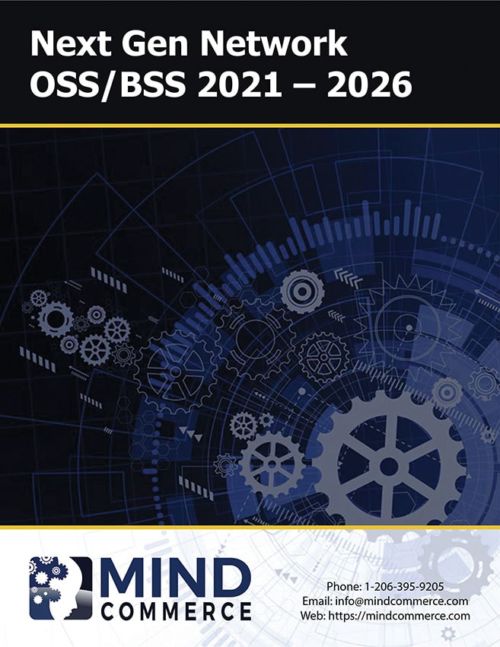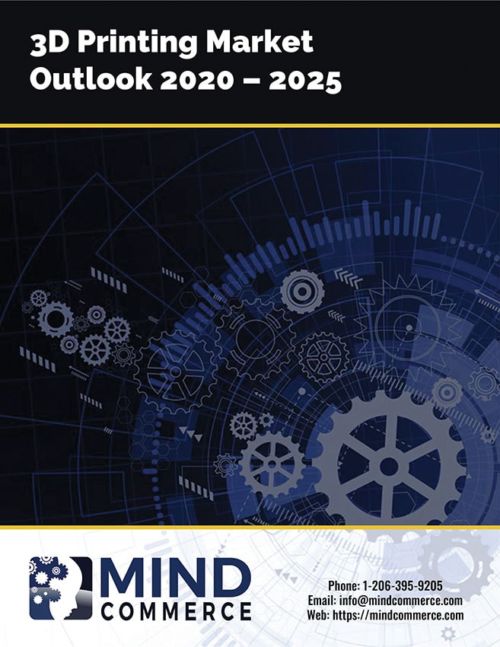Description
The commercial deployment and operation of 5G will bring very important benefits to ICT industry. One of those will be massive Internet of Things (IoT) networks, which refers to the ability of deploying and operating IoT systems at a very large scale. As the size of IoT systems grow to large scale, their scope will also increase in terms of the impact on enterprise systems and consumers everyday lives. 5G will optimize IoT networks by way of radio frequency management that meets the needs of both narrowband IoT applications as well as those that require higher bandwidth, which may be on an on-demand basis in the 5G IoT market.
5G IoT Market Dynamics
IoT solutions will benefit greatly from the implementation of 5G as cellular providers deploy Low Power WAN (LPWAN) IoT network capabilities. Initial deployments of IoT LPWANs have been non-cellular solutions based on proprietary technologies. However, Mind Commerce sees emerging standards such as Narrowband IoT (NB-IoT) assuming a dominant role for certain IoT applications. We see many industry verticals within the 5G IoT market willing to pay a premium over non-cellular LPWAN, enhanced flexibility, and improved capabilities associated with IoT on 5G networks.
The use of 5G for Industrial IoT (IIoT) networks in particular will be of great importance to enterprise IIoT in certain industry verticals such as agriculture, logistics, and manufacturing. For example, we see agriculture benefitting through the use of Unmanned Aerial Vehicle (UAV) operation over 5G networks due to ultra-low latency and high capacity availability. In a more traditional IIoT environment such as manufacturing, we see 5G in IoT market capabilities as key to providing ultra-reliable communications for many time-sensitive communications processes such as the need to obtain measurements from a boiler or other equipment.
The 5G IoT Market provides Scalability for Carriers to offer mMTC as a Highly Competitive Offering versus Non-cellular LPWAN Solutions
Deployed in conjunction with 5G, Mobile Edge Computing (MEC), will facilitate an entirely new class of low-power devices for IoT networks and systems. These devices will rely upon MEC equipment for processing. Stated differently, some IoT devices will be very light-weight computationally speaking, relying upon edge computing nodes for most of their computation needs. MEC is also important to 5G for non-IoT applications as support for improved mobile broadband (ultra-fast and high definition video, enhanced web browsing, etc.) and Ultra Reliable Low Latency Communications (URLLC) dependent apps (virtual reality, UAV operation, autonomous vehicles, robotics, etc.).
The “things” involved in IoT varies from devices used to detect, actuate, signal, engage, and more. IoT things also involve everything from gateways, modules, and sensors to hardware and embedded software within products and equipment and other consumer, enterprise, and industrial assets. The IoT ecosystem could easily become highly cumbersome with so many different “things” to consider as part of IoT provisioning, activation, administration and other management functions. Accordingly, there is a keen need for managed service solutions in support of provisioning, administration, maintenance, and security within the 5G IoT market.
Important to the 5G IoT market is IoT device management, which encompasses encompasses connected device provisioning, administration, monitoring, and diagnostics. It is important to note that the needs of enterprise are very different than the consumer IoT device management market. IoT authentication is also important as a key part of the IoT managed data services market, which includes acquiring (capturing and/or licensing), storing, processing, and distributing IoT data. Most urgently, there will be a need to deal with the inevitable “IoT Spoofing” that will occur as IoT applications and services scale to greater size and economic significance.
5G IoT Market Report
This research assesses 5G technologies and solutions in support of IoT. The report evaluates certain key solutions such as 5G enabled Mobile Edge Computing (MEC) and managed services for devices and other IoT “things”. The report also analyzes the impact of 5G in IoT across infrastructure components including hardware, processors, embedded devices, software, and cloud-based service platforms. This Mind Commerce report includes detailed forecasts through 2027. All direct purchases of Mind Commerce reports includes time with an expert analyst who will help you link key findings in the report to the business issues you’re addressing. This needs to be used within three months of purchasing the report.






